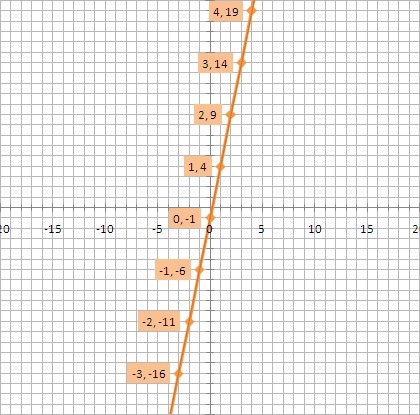How to turn point slope form into general form
3x+7y+5=0
Step 1:
Isolate y
To isolate 7 we need to move 7y over to the other side of the equals sign.
3x+5=-7y
It will become negative because you have to subtract it from one side and bring it to the other.
Step 2:
Make the y’s base 1
To do that you need to divide everything by y’s current base which is -7
3x/-7+5/-7=y
This should be your final product if no more simplifying can be done.










